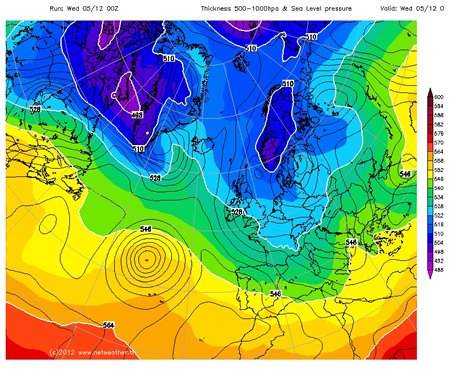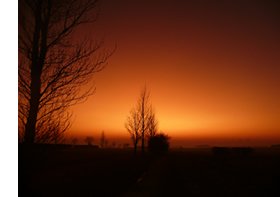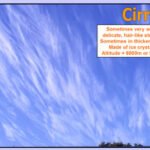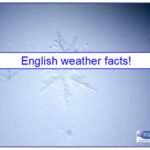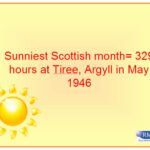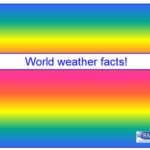As we head into the weeks when COP26, the UN climate change conference at which heads of state, climate experts and campaigners come together to agree coordinated action to tackle climate change, should have happened, a number of organisations are taking the opportunity to run virtual climate events.
The Youth Climate Summit will run from 9-13 November 2020. It is a free, week-long virtual festival of themed discussions and activities.
Between 19 November – 1st December, Mockcop are running a youth-led online conference following a similar structure to the postponed COP26 climate summit to raise the ambition of our leaders when it comes to tackling the climate emergency.
If you are in a school, why not take the opportunity to run our Climate Negotiations resource with a year group bubble? We hope to have a fully virtual version available early in 2021.
COP26 will now run from 1-12 November 2021, in Glasgow.
